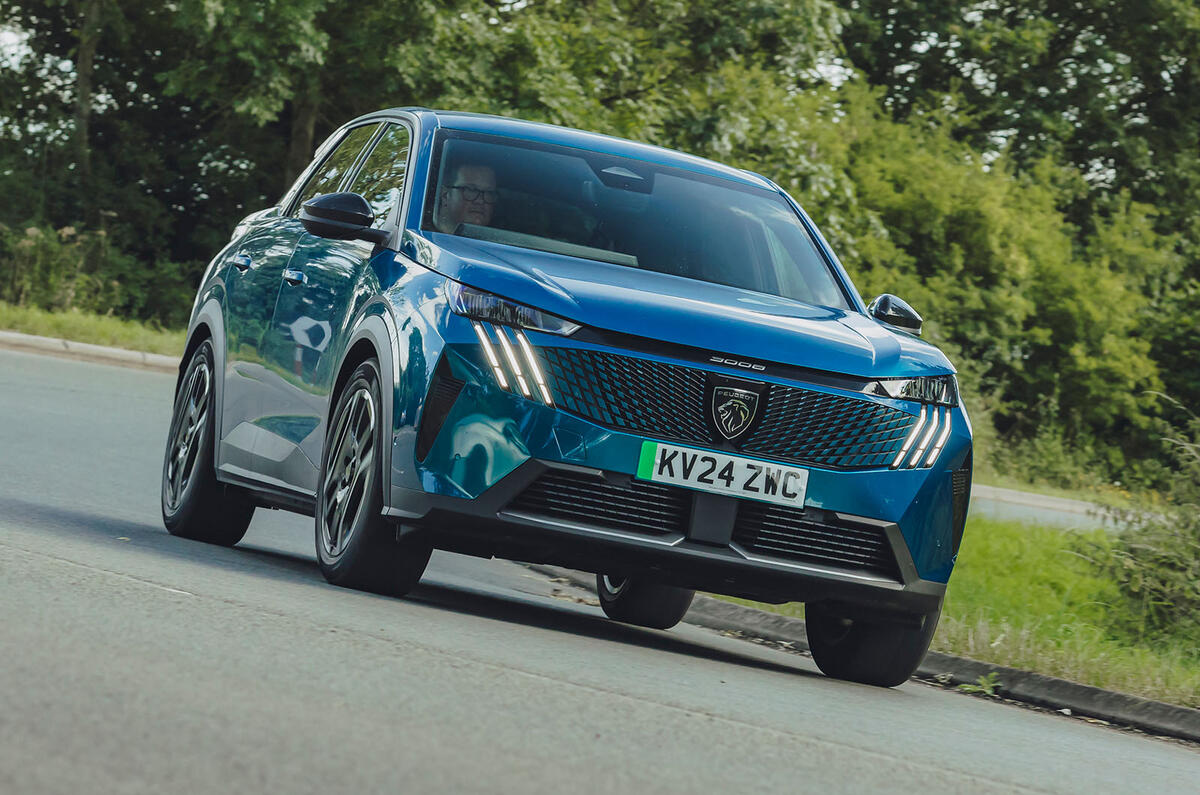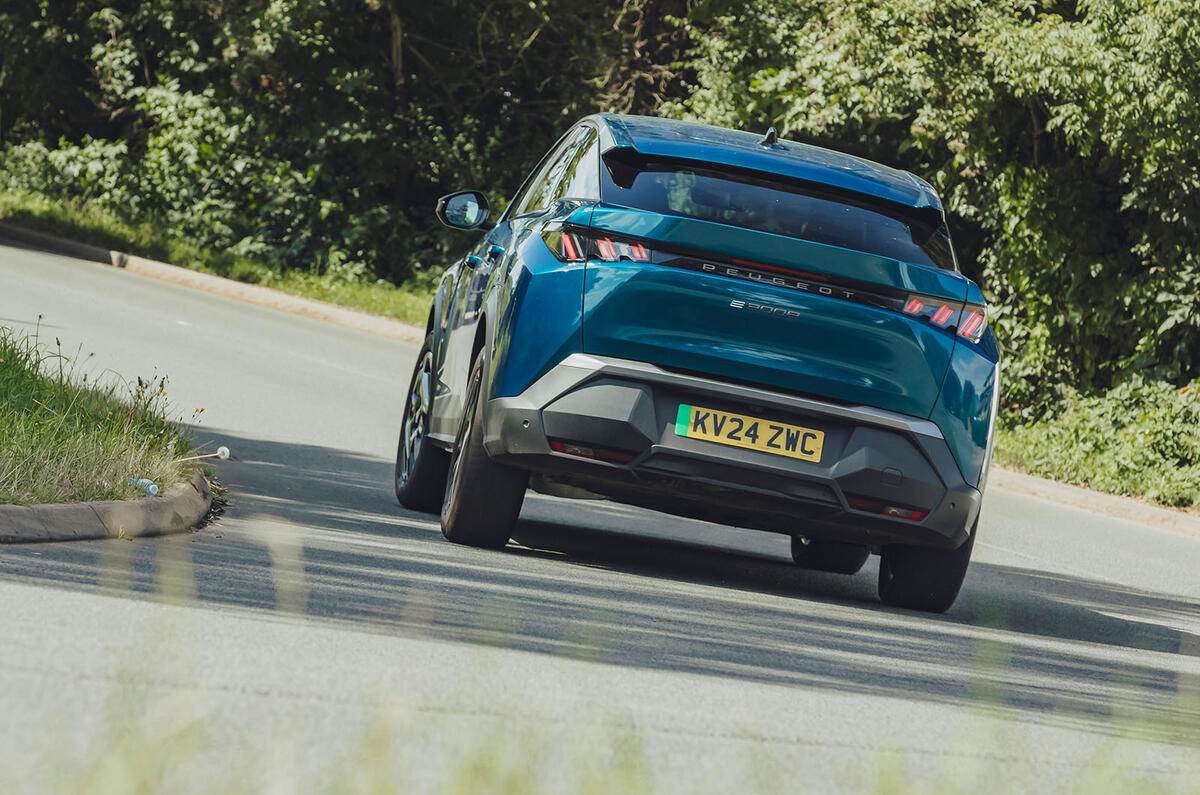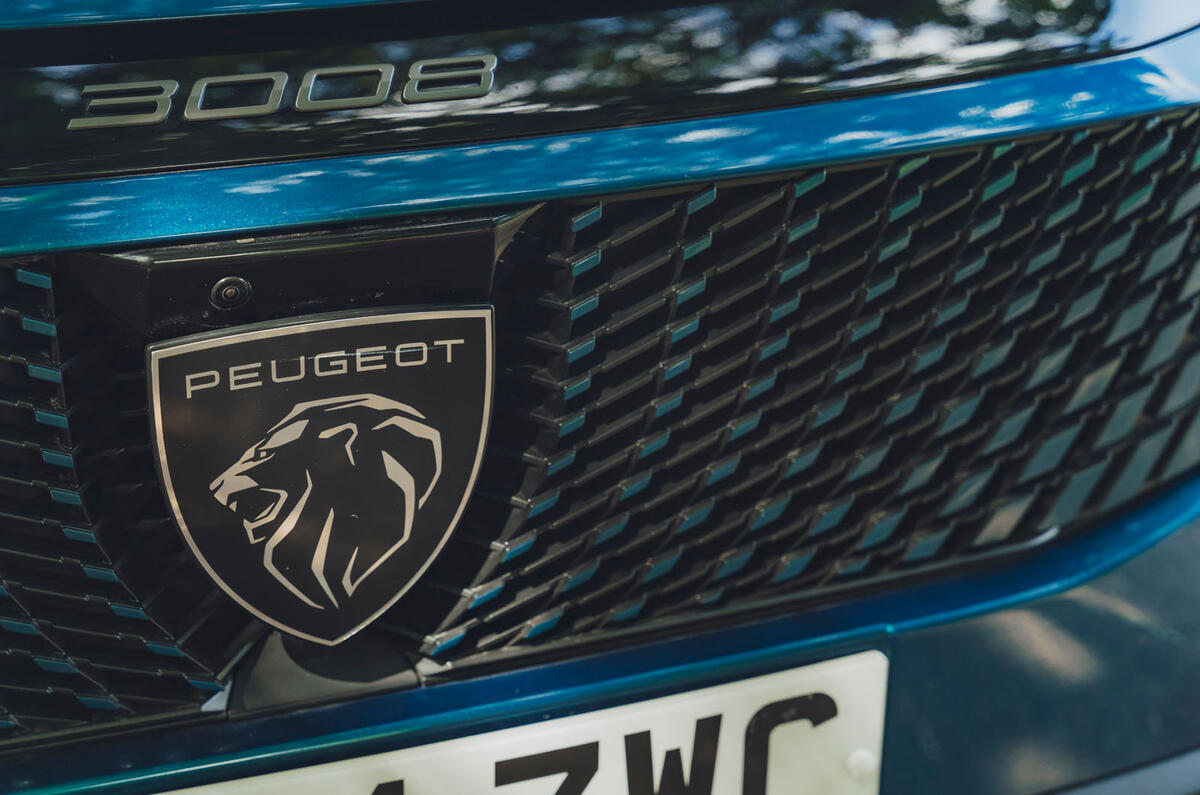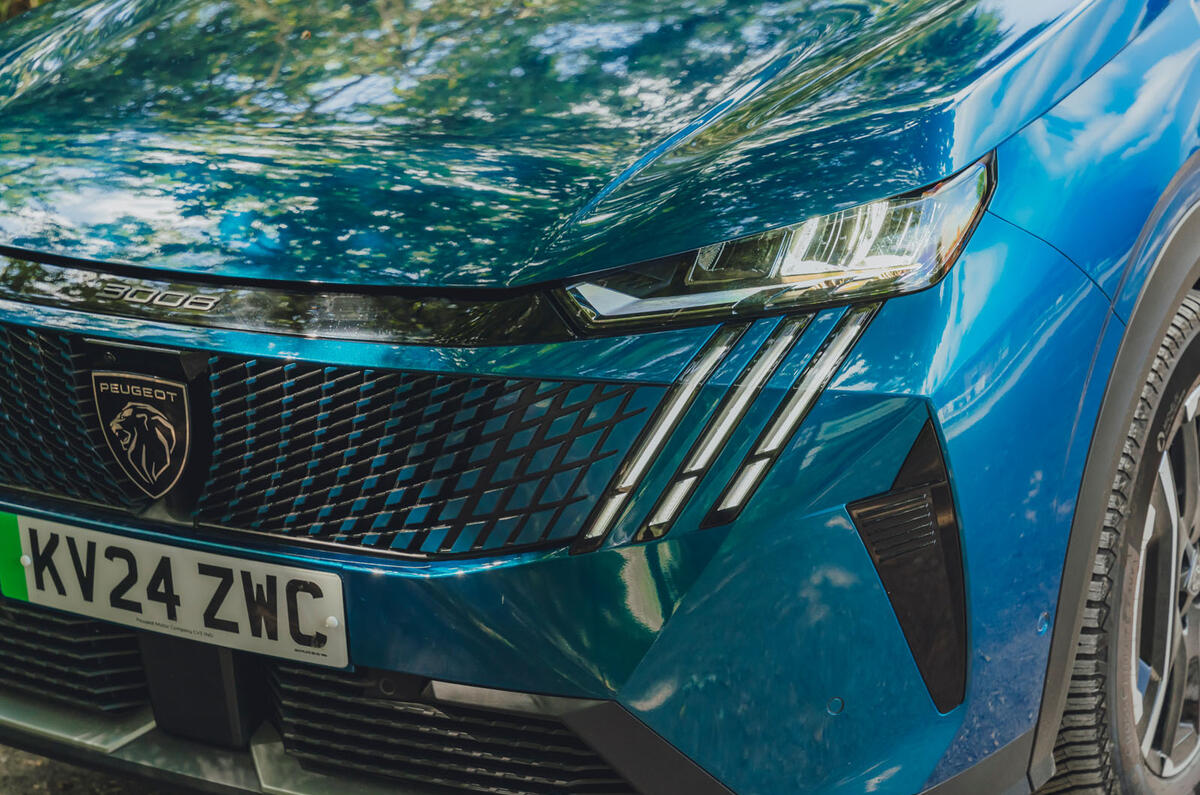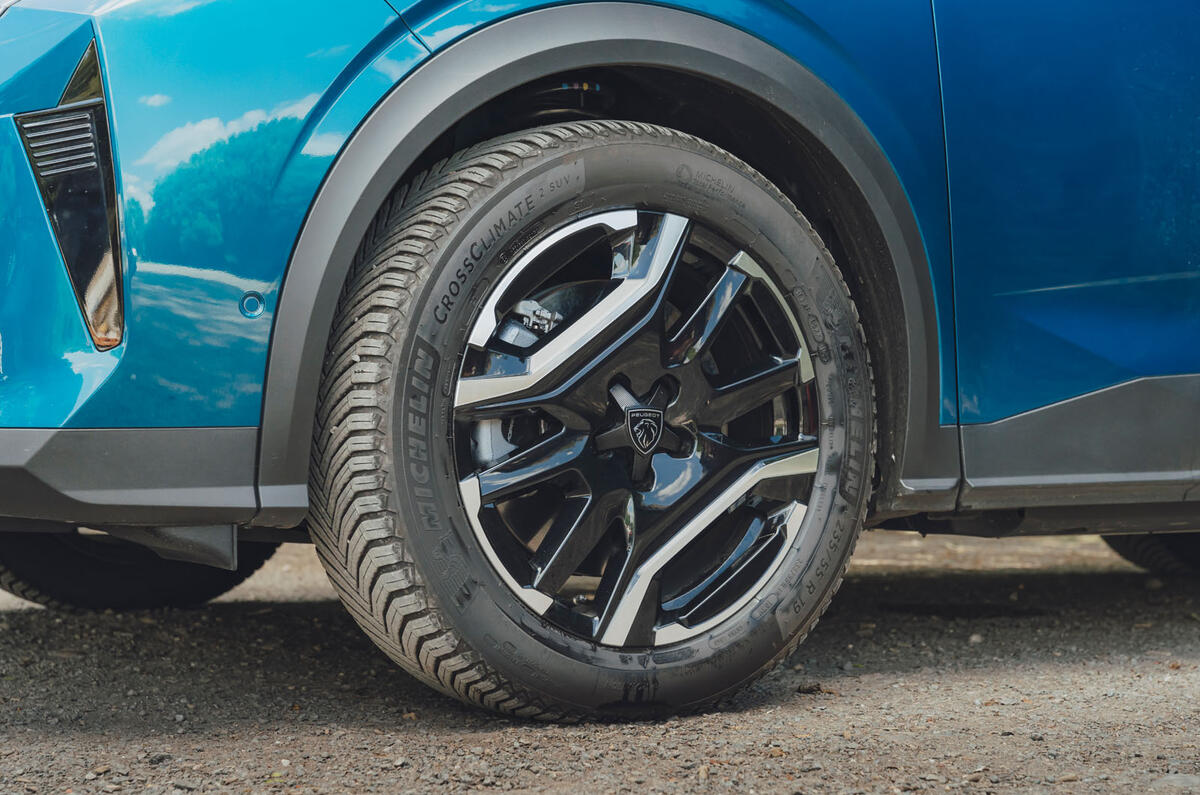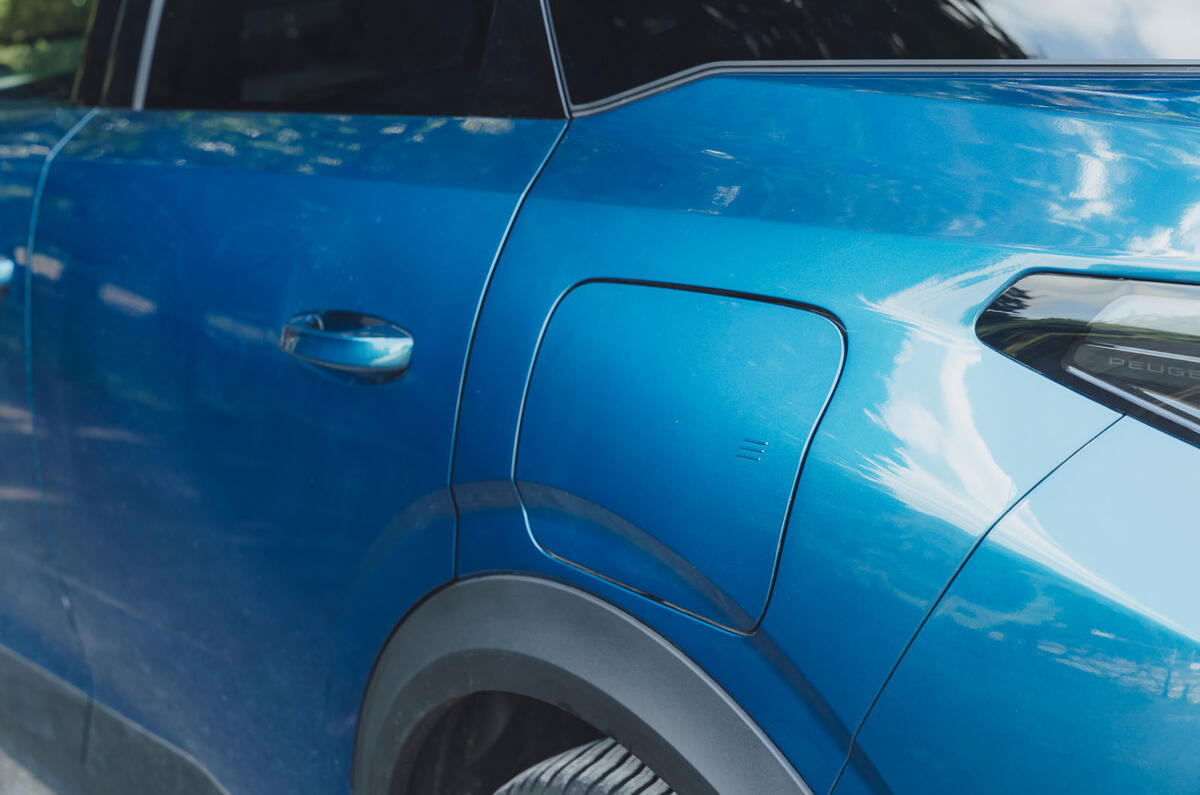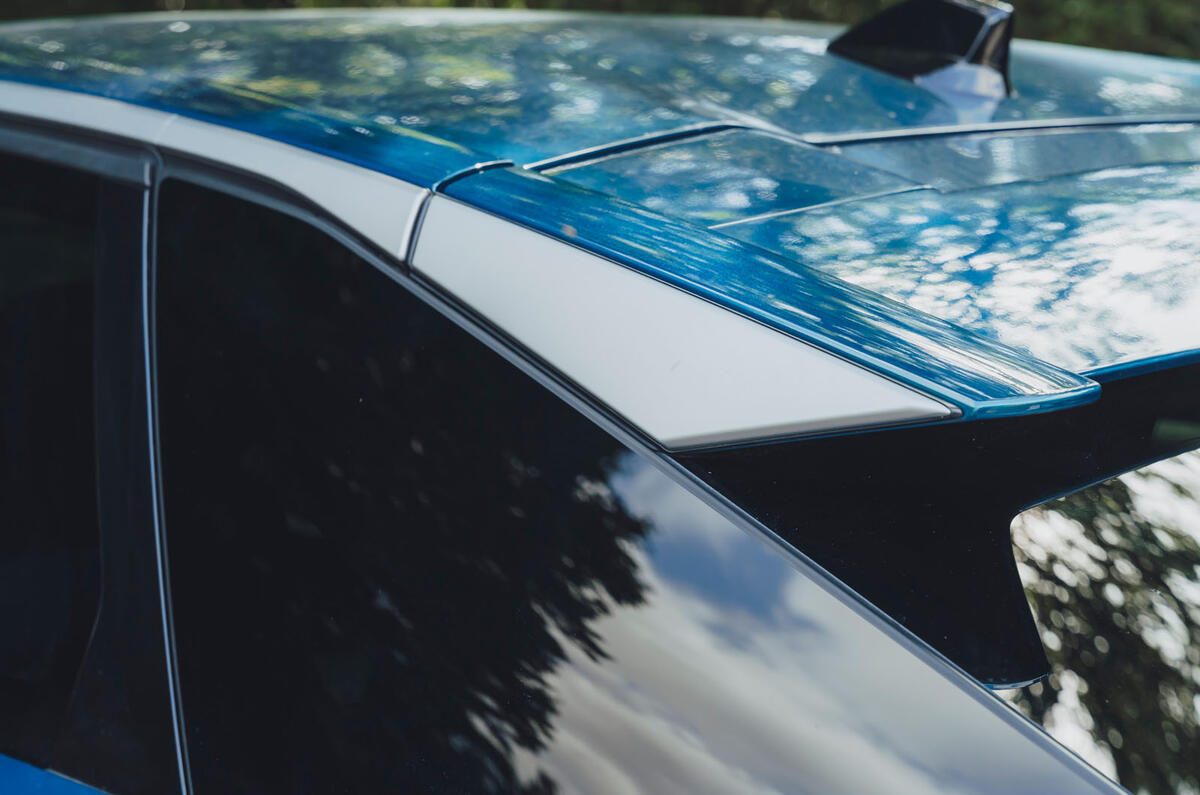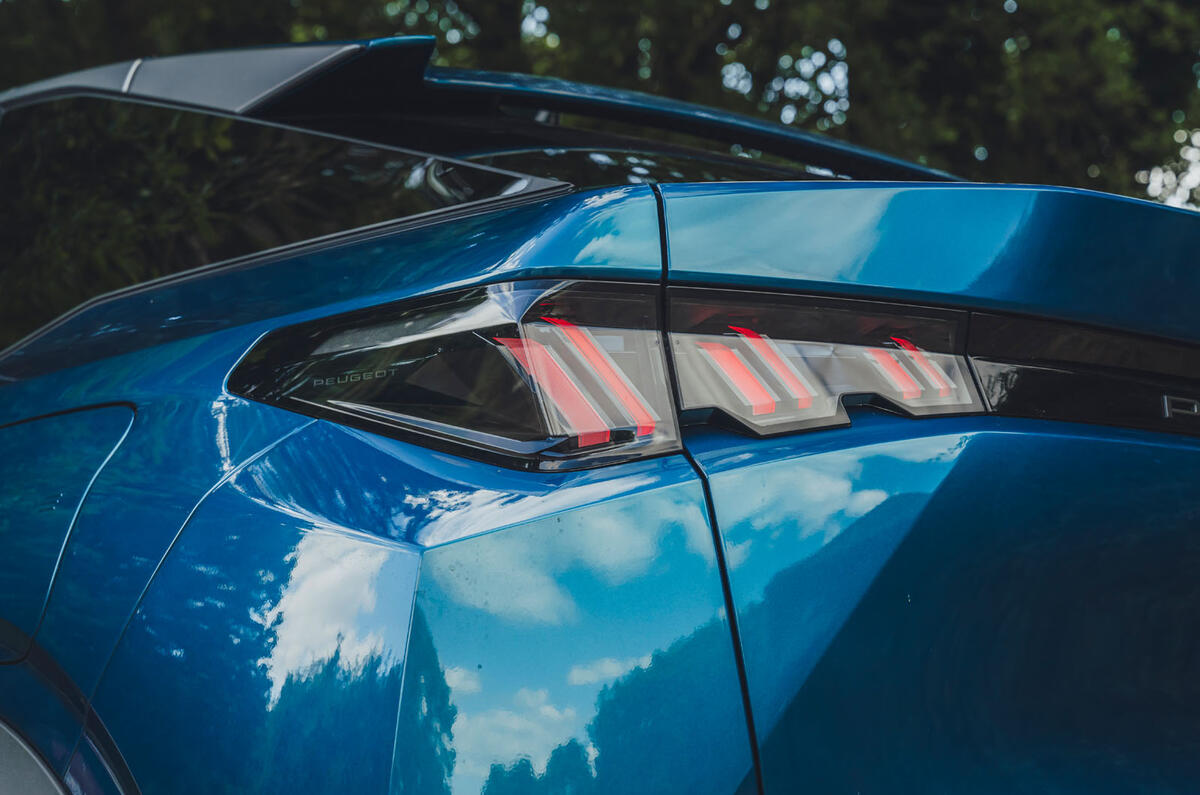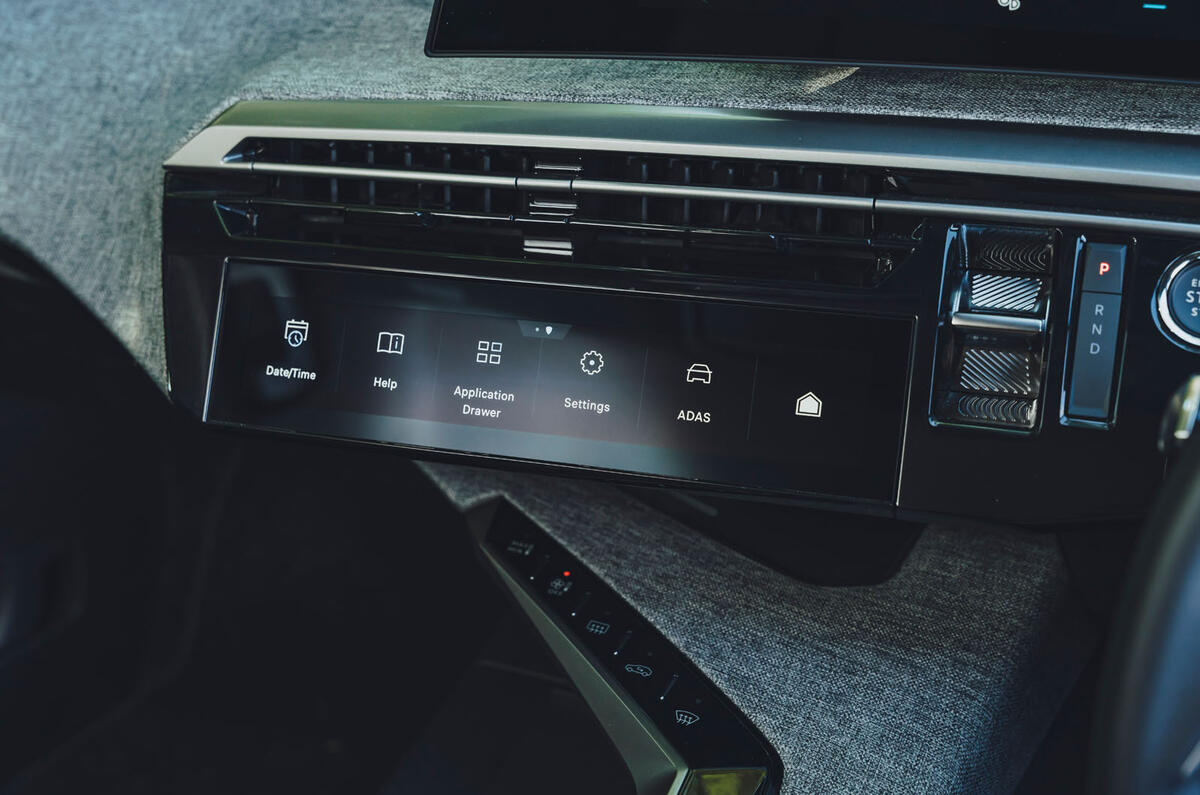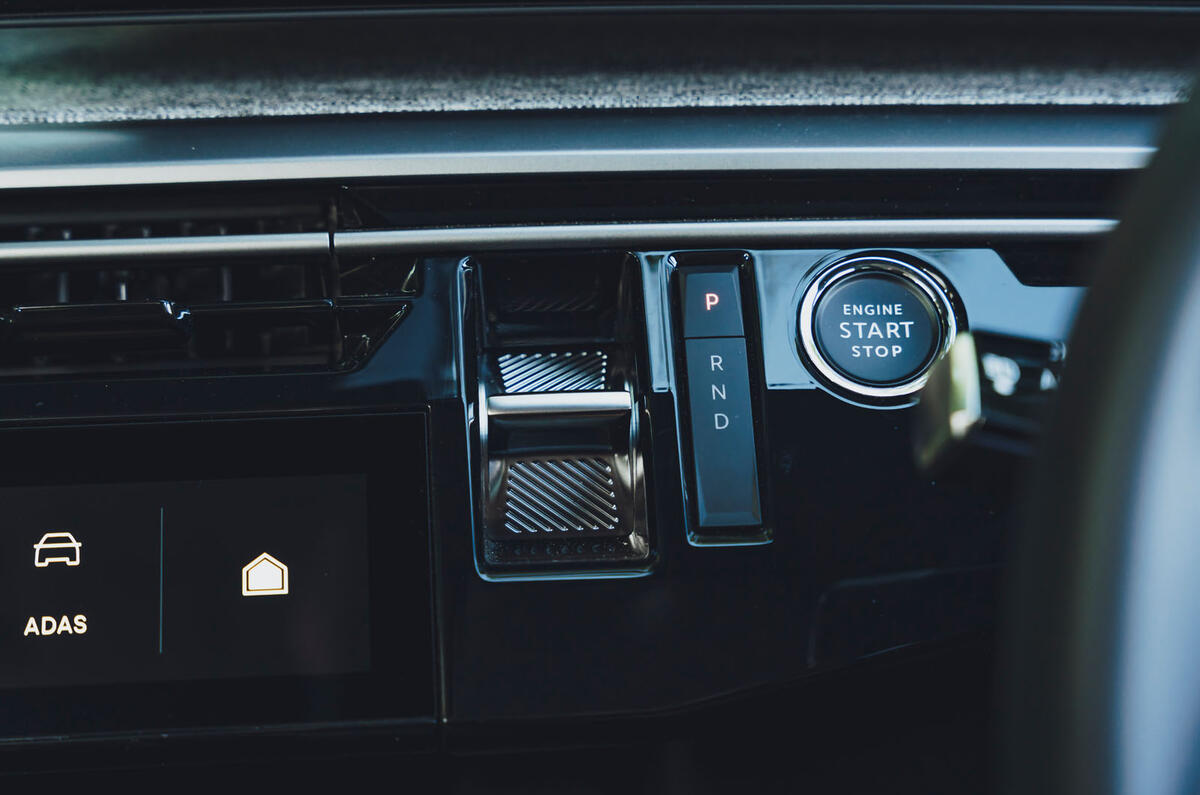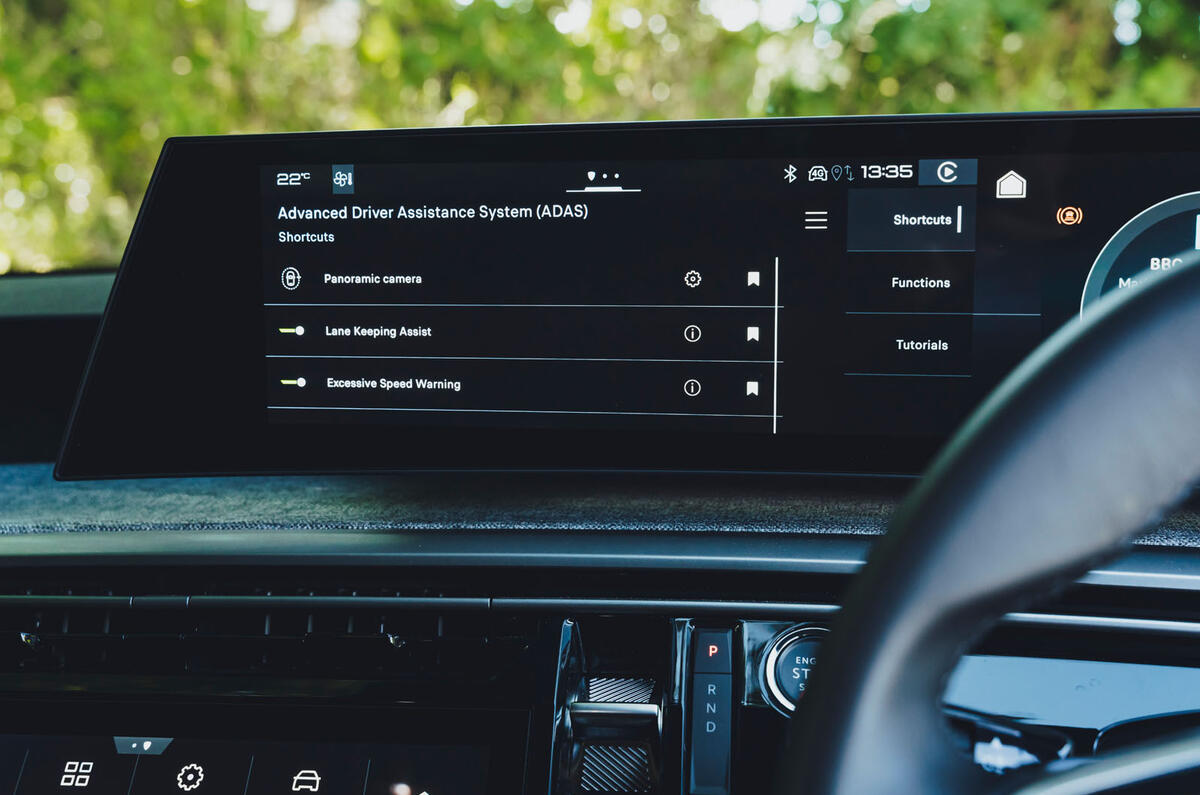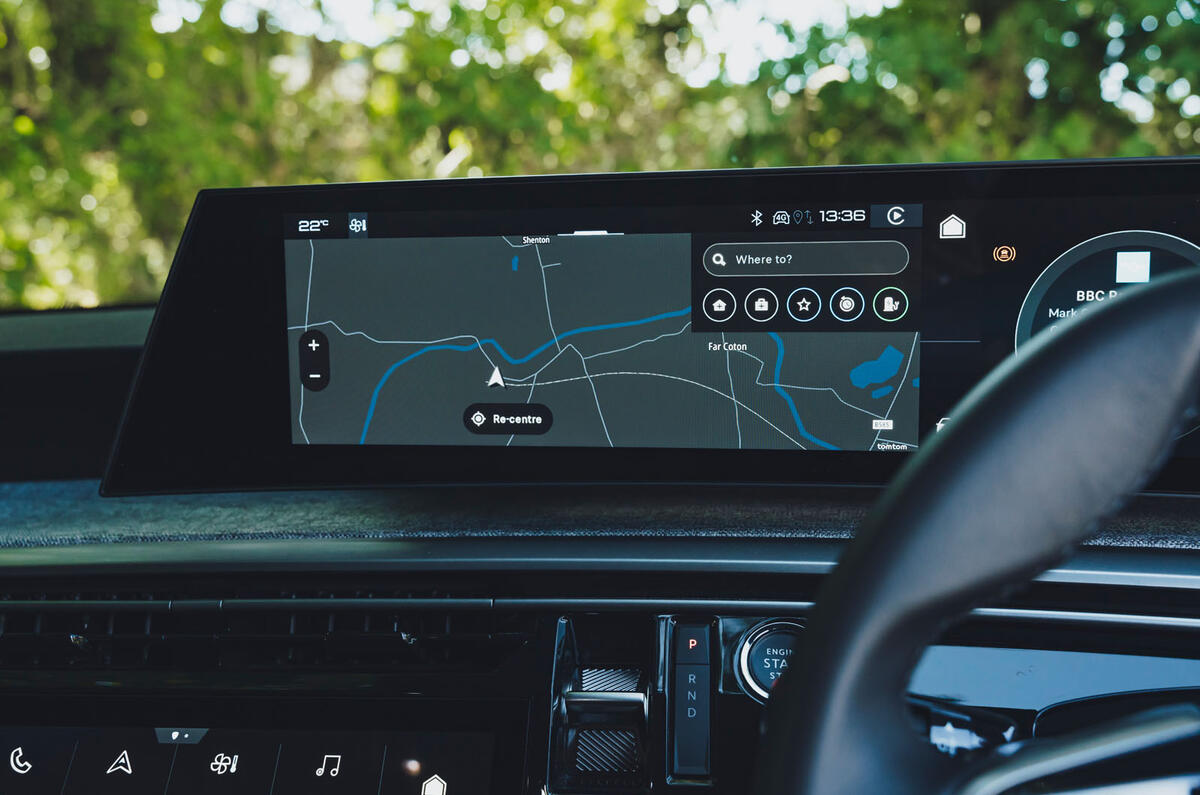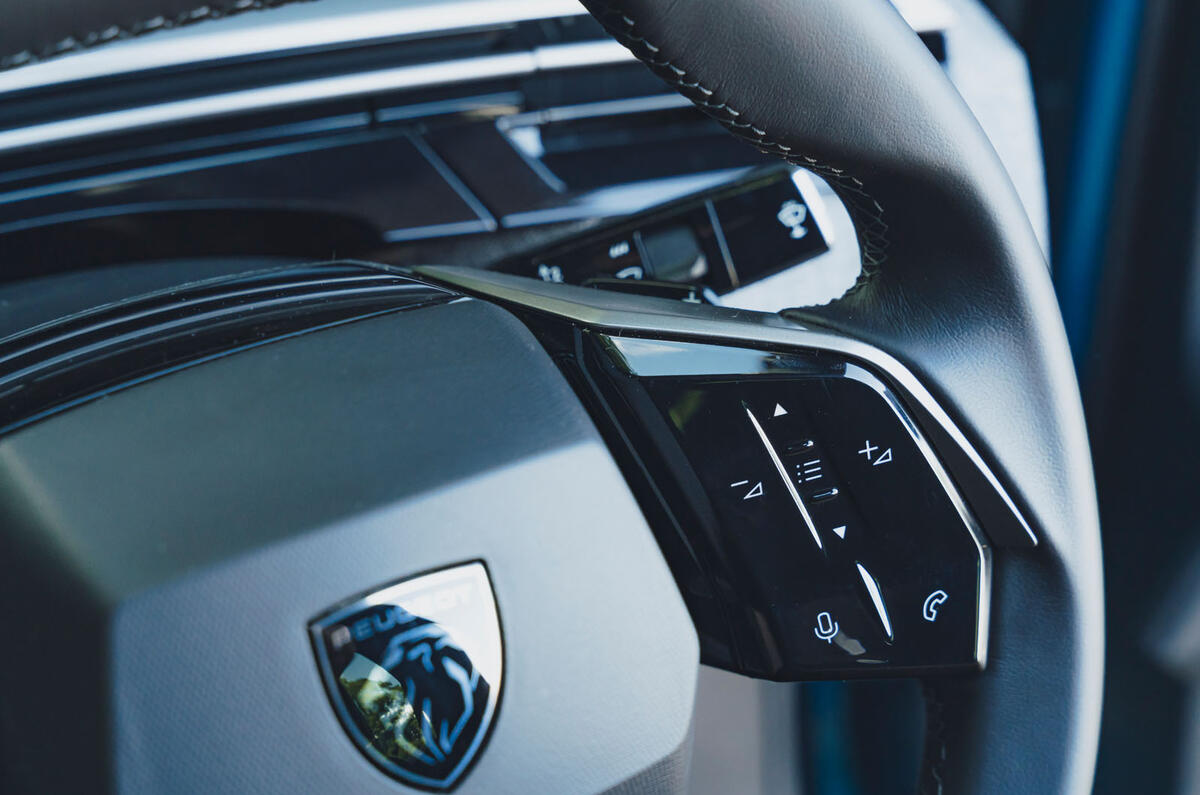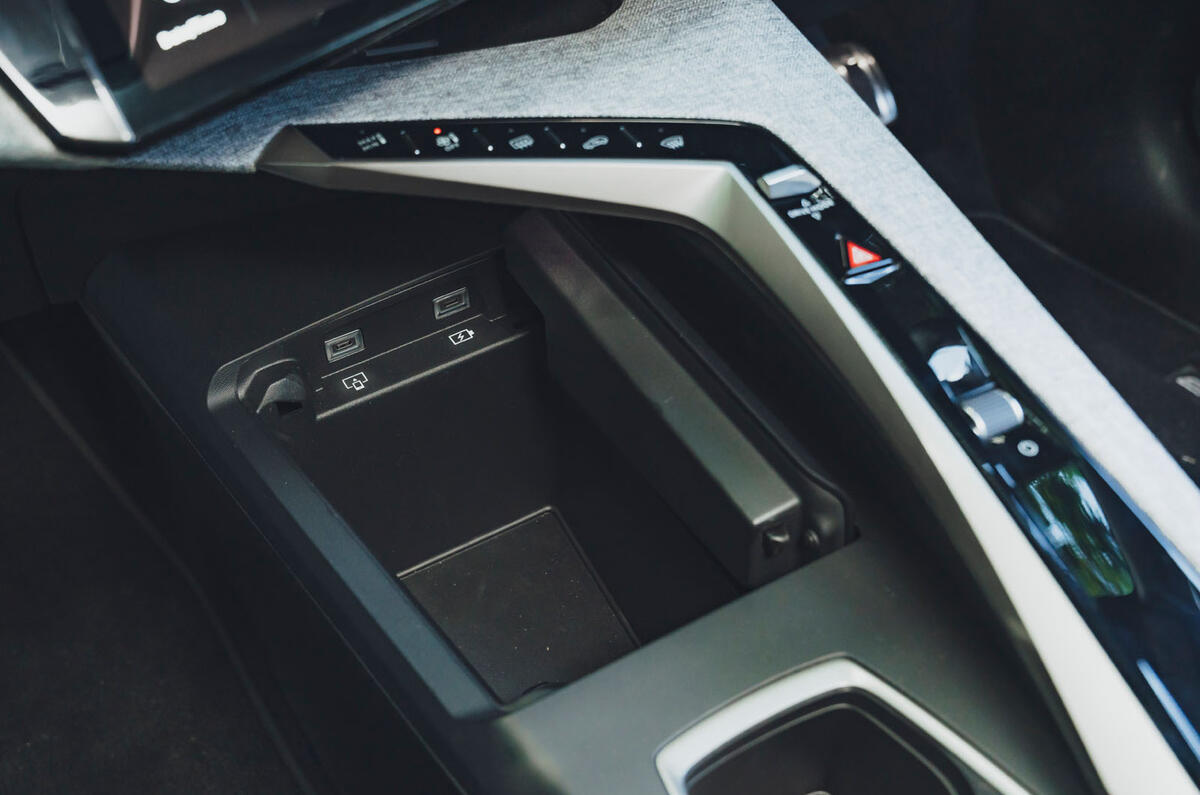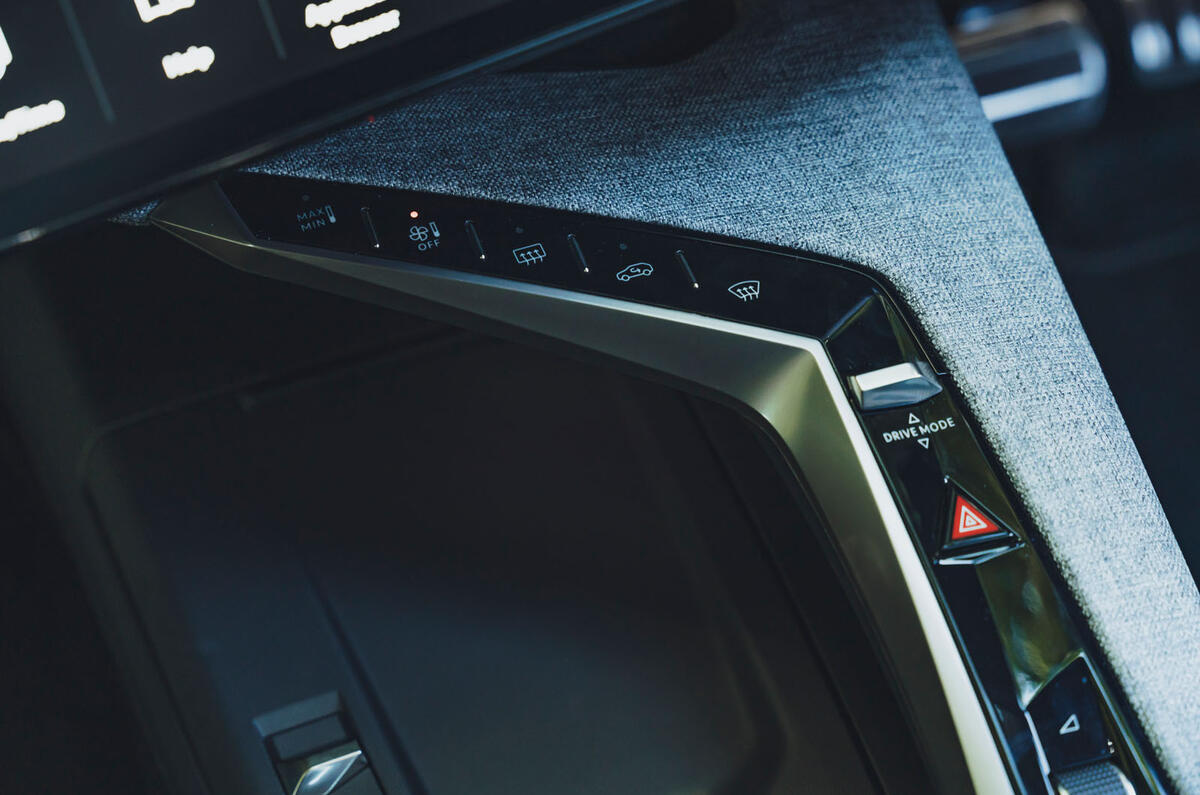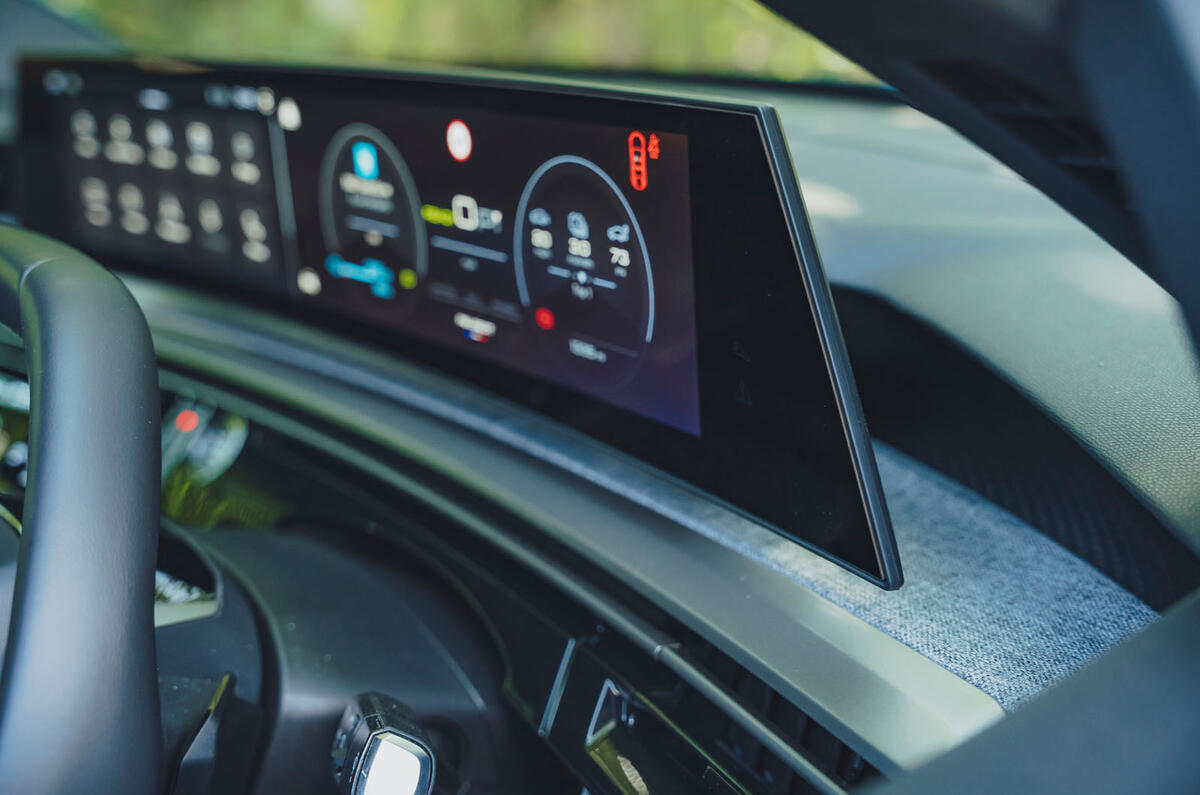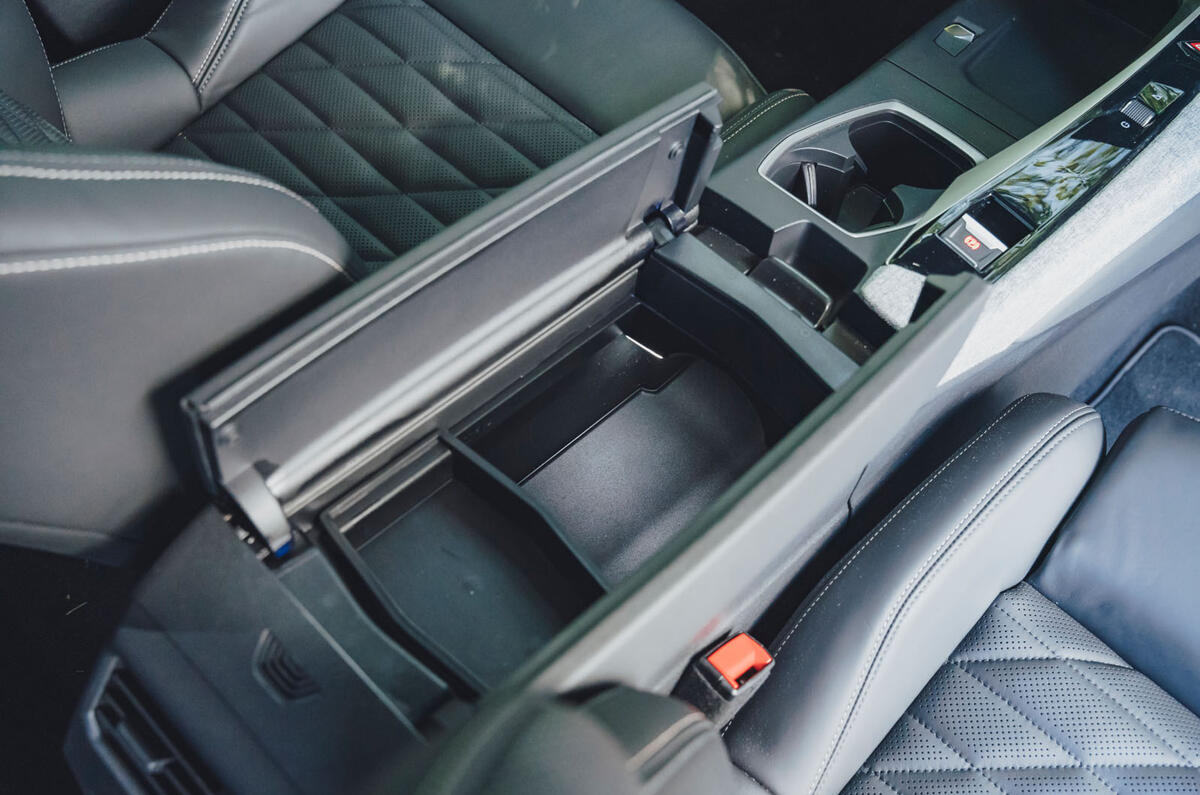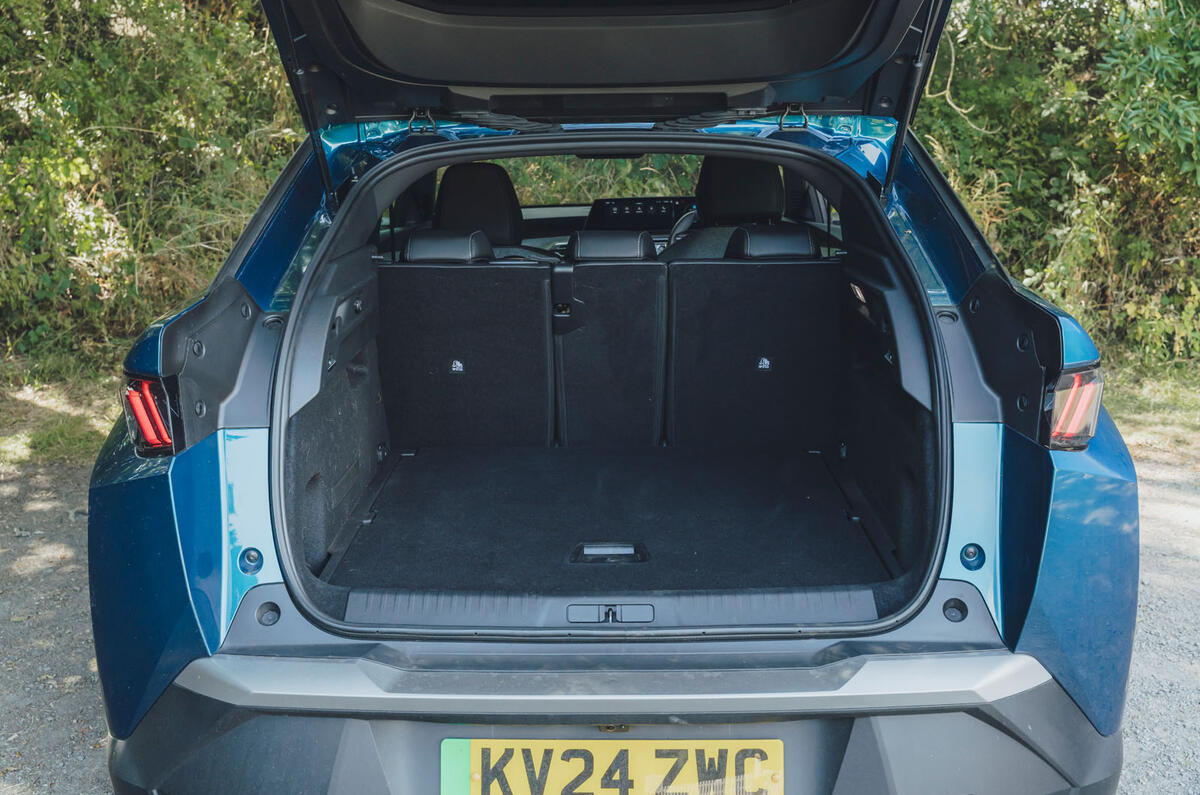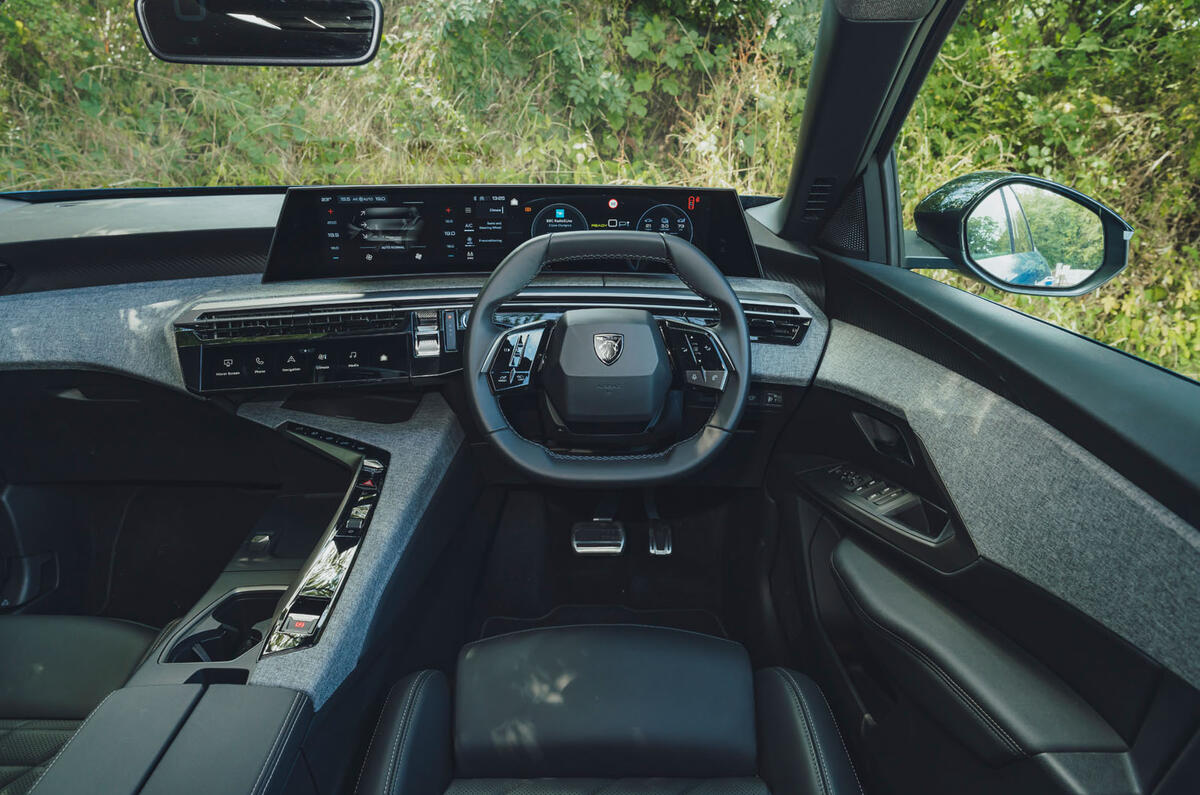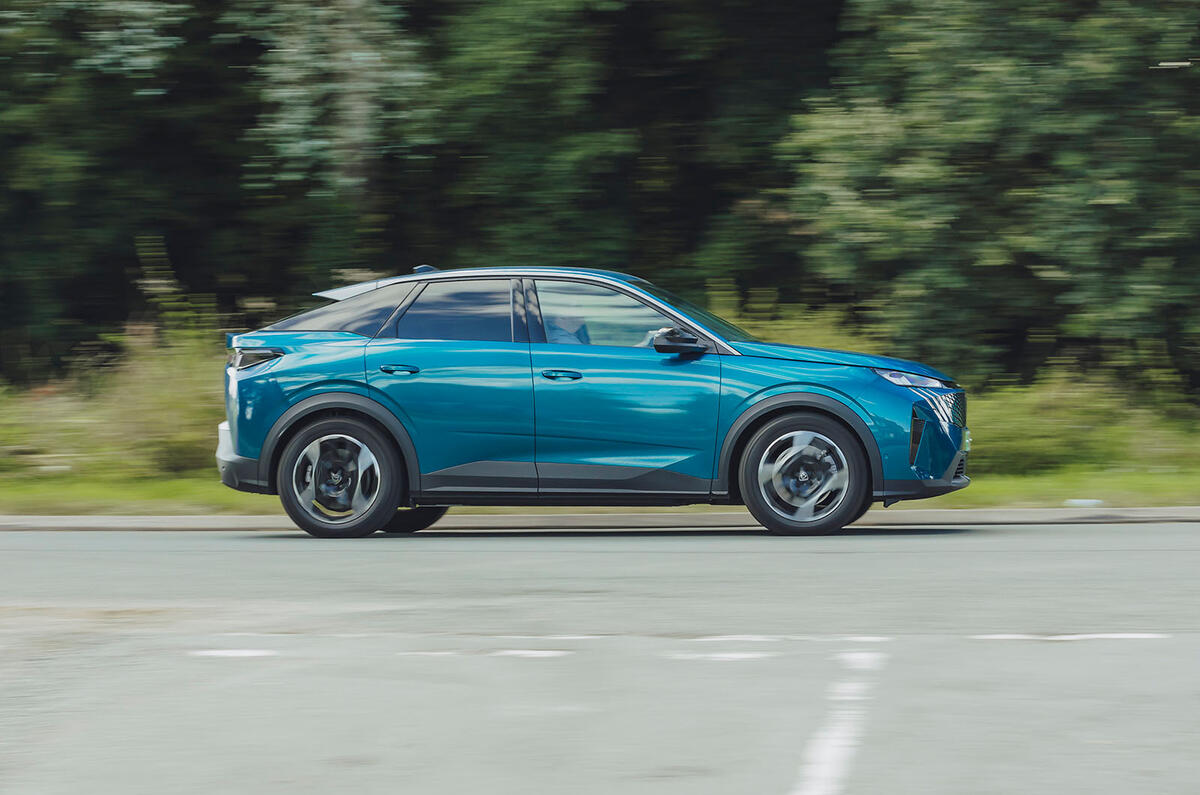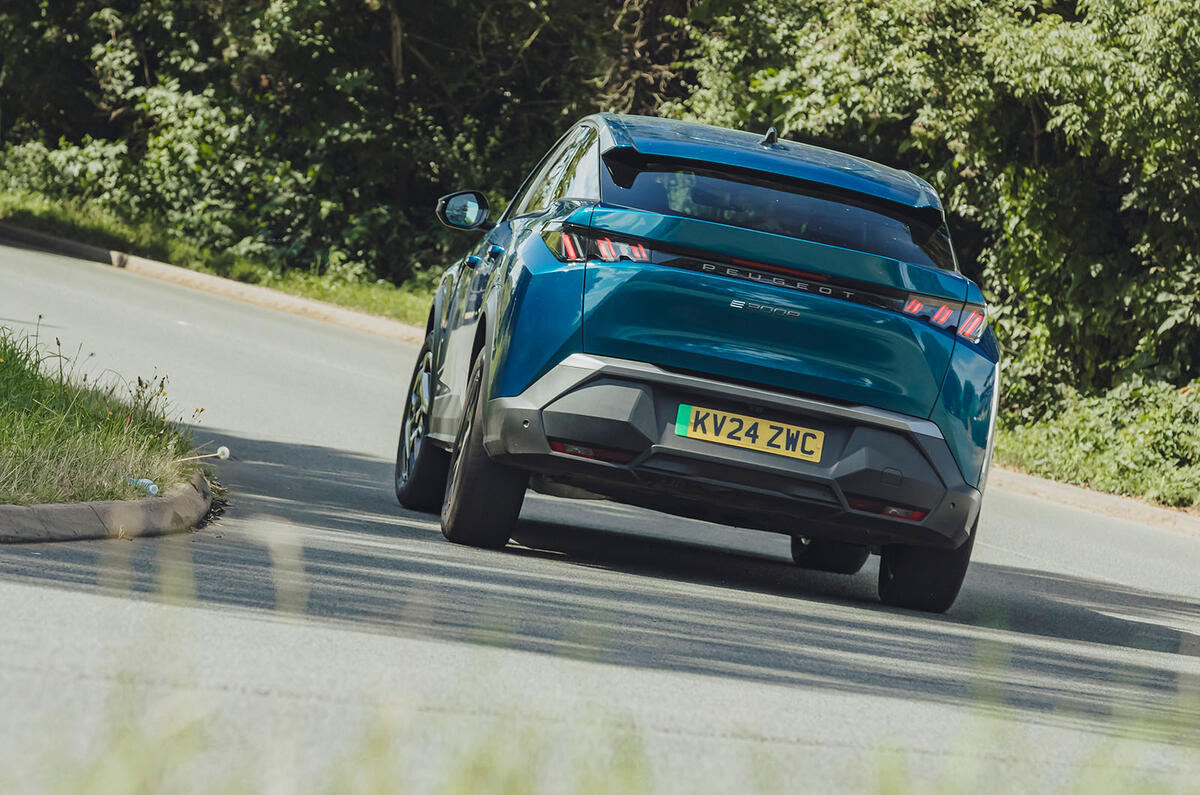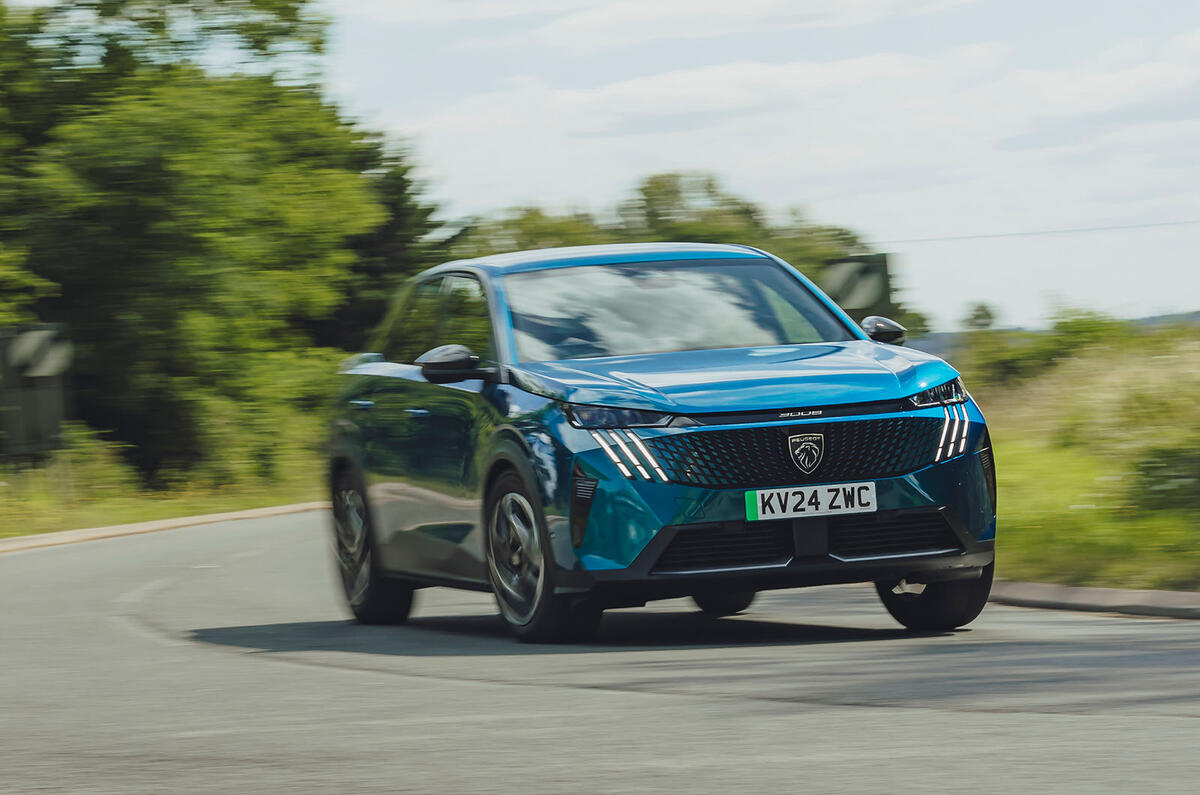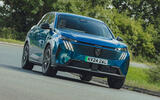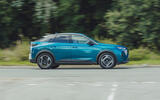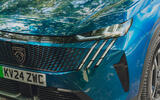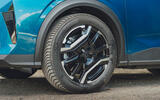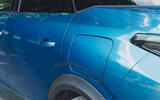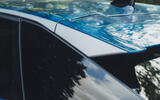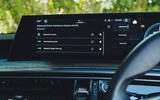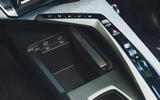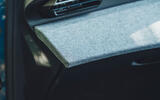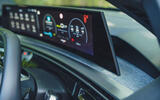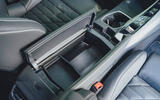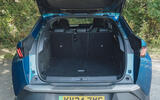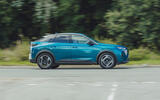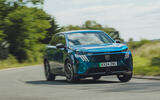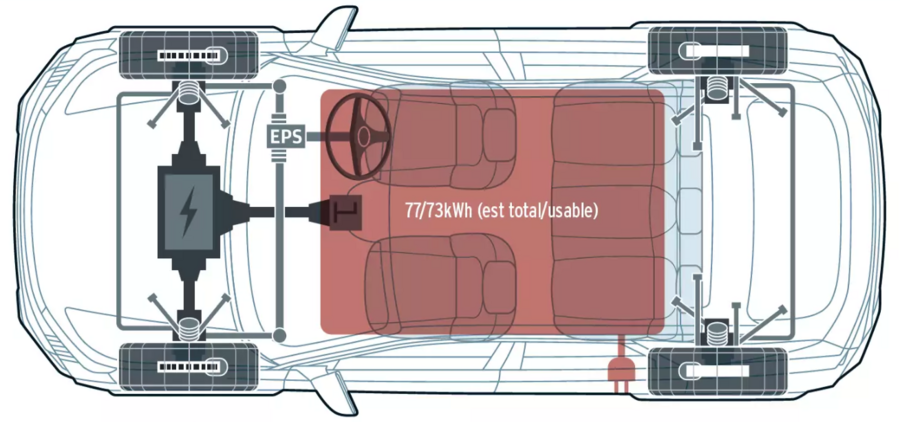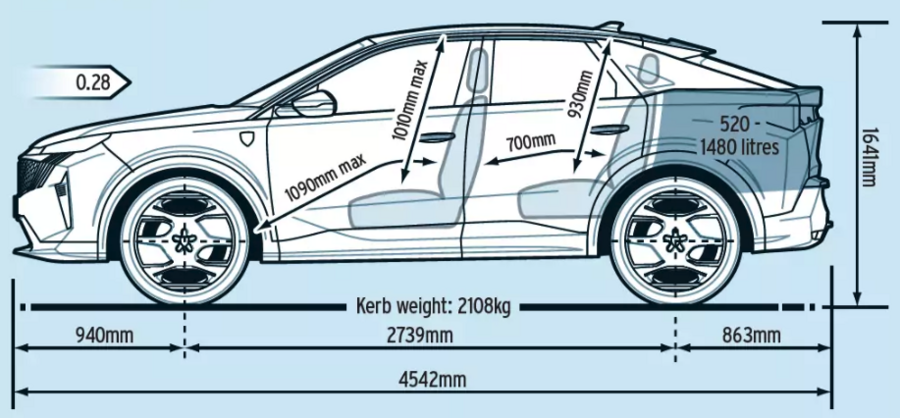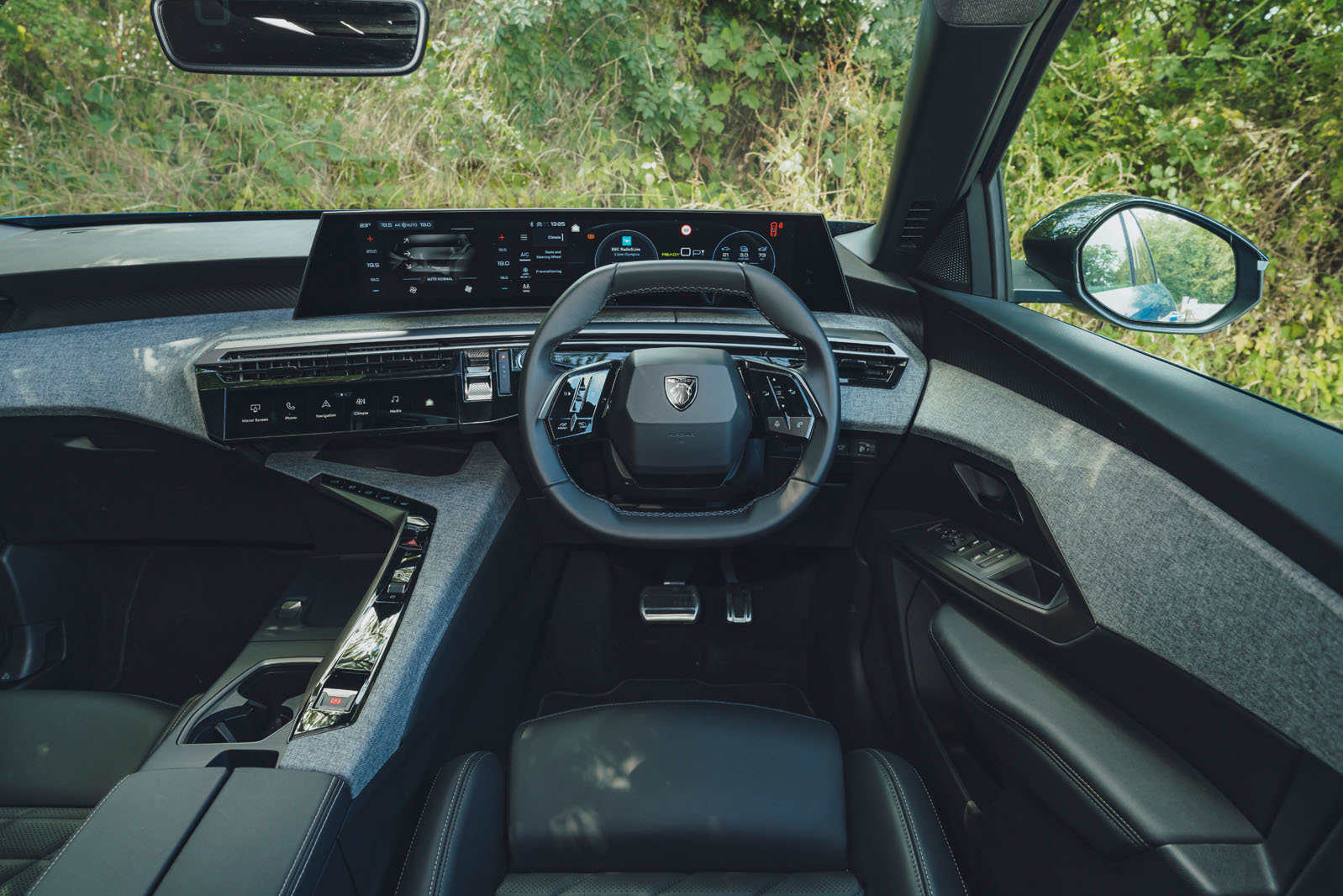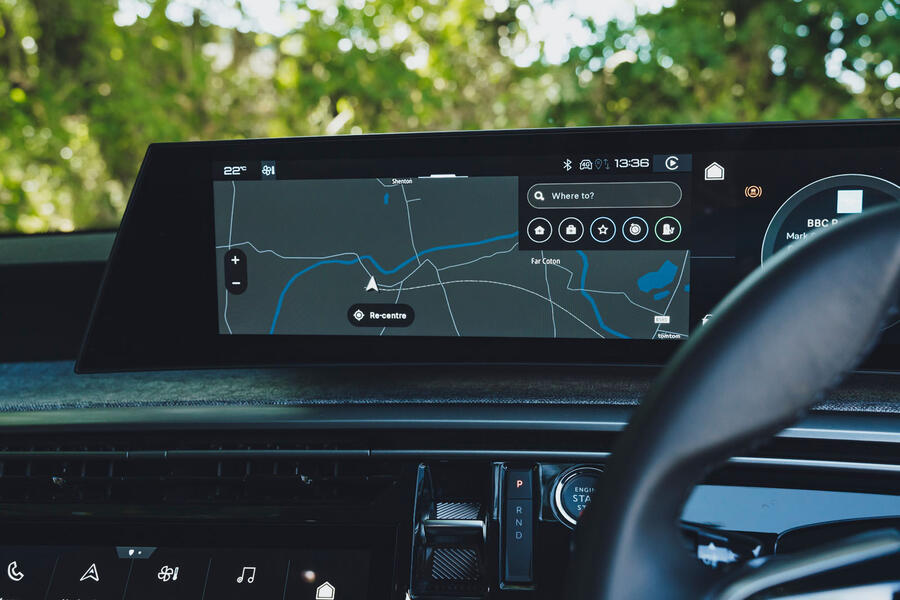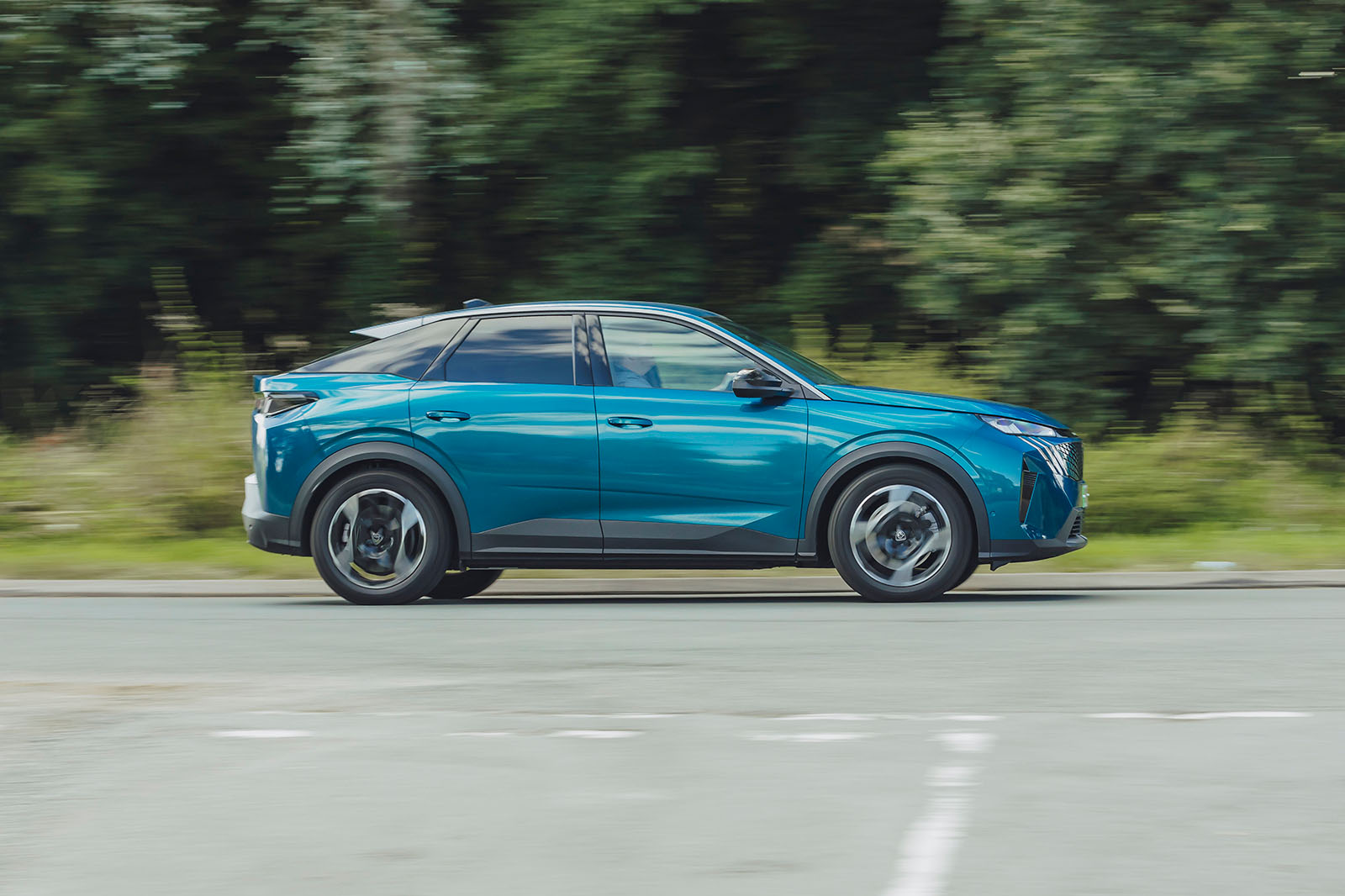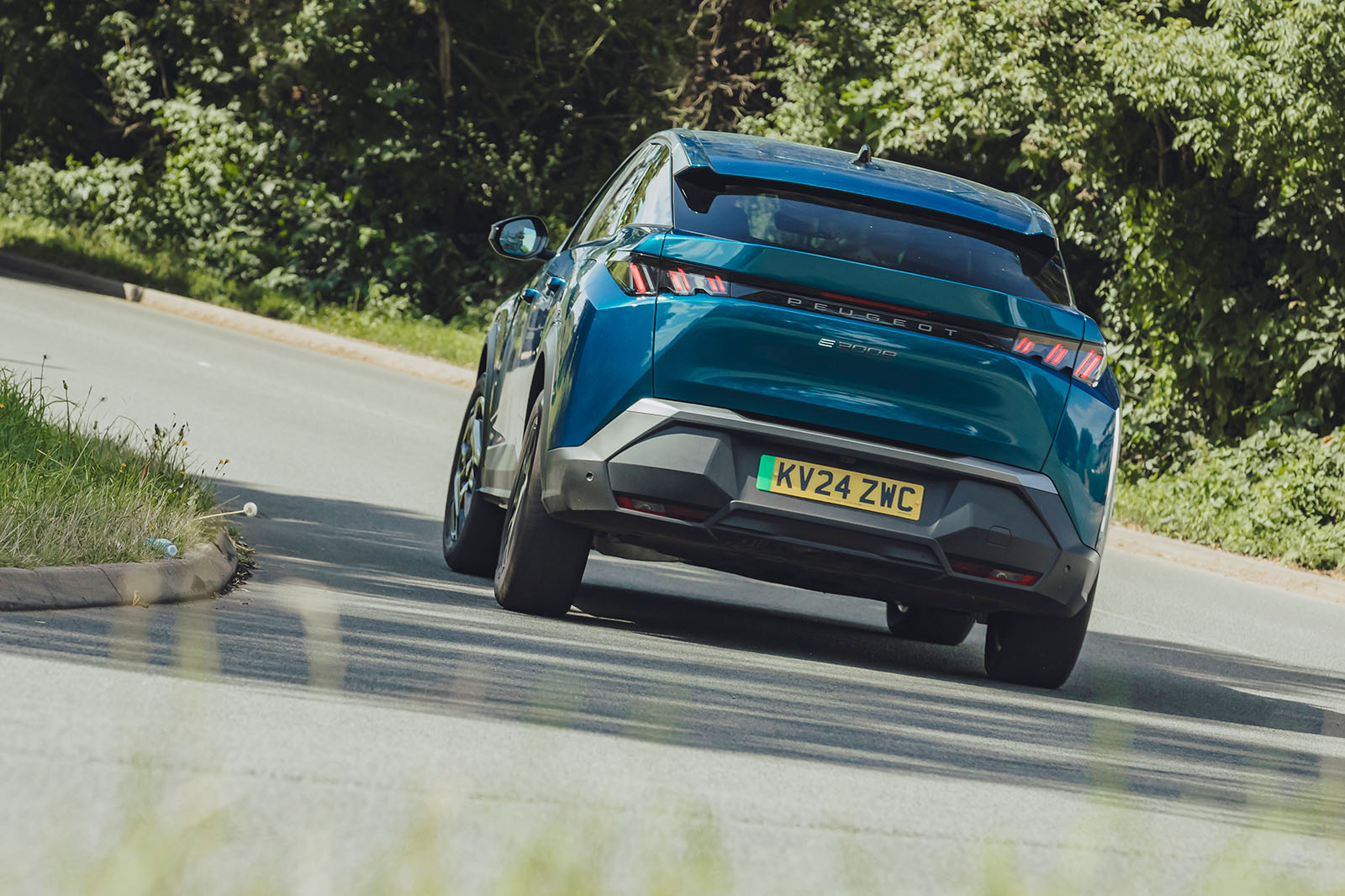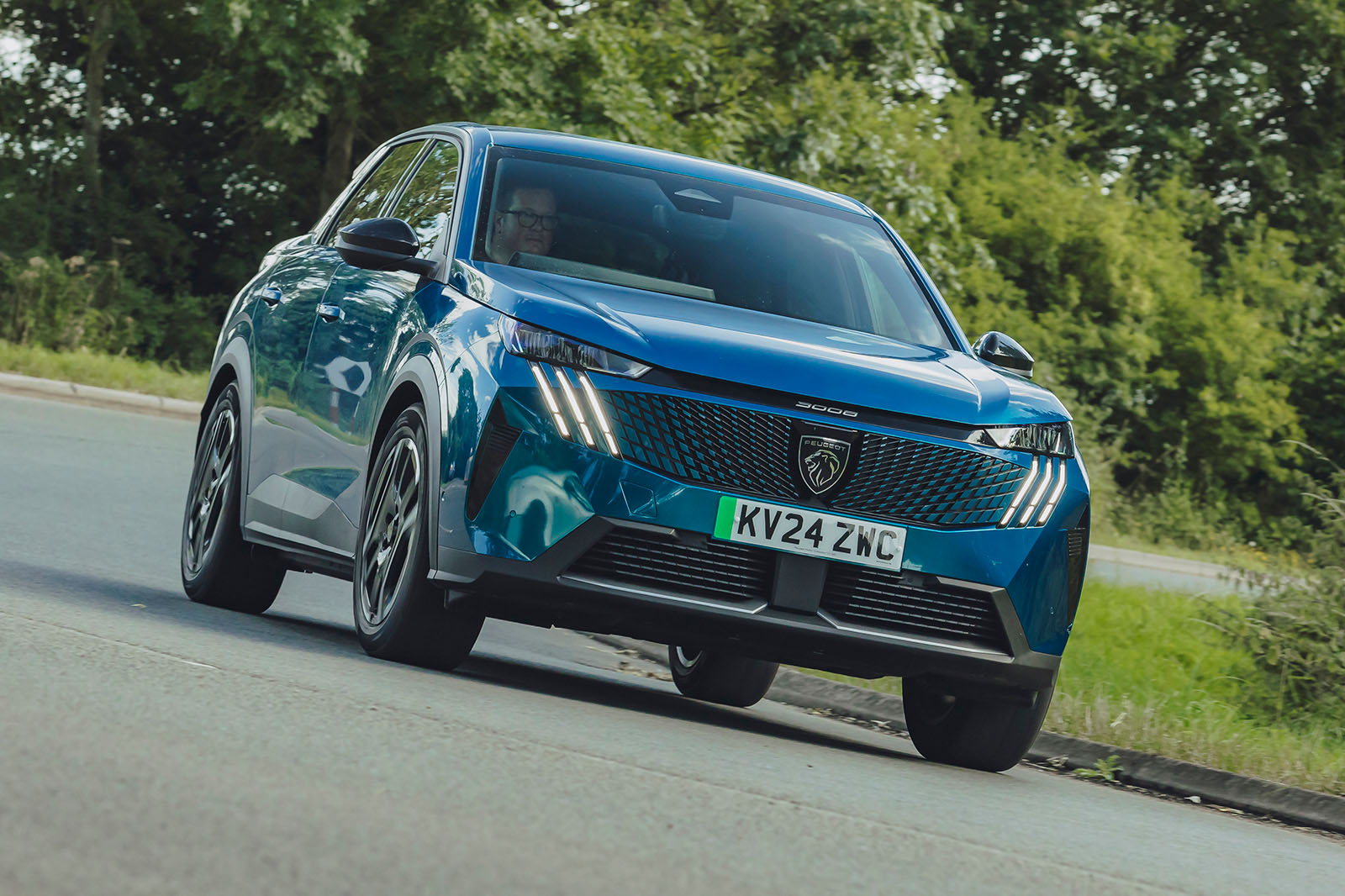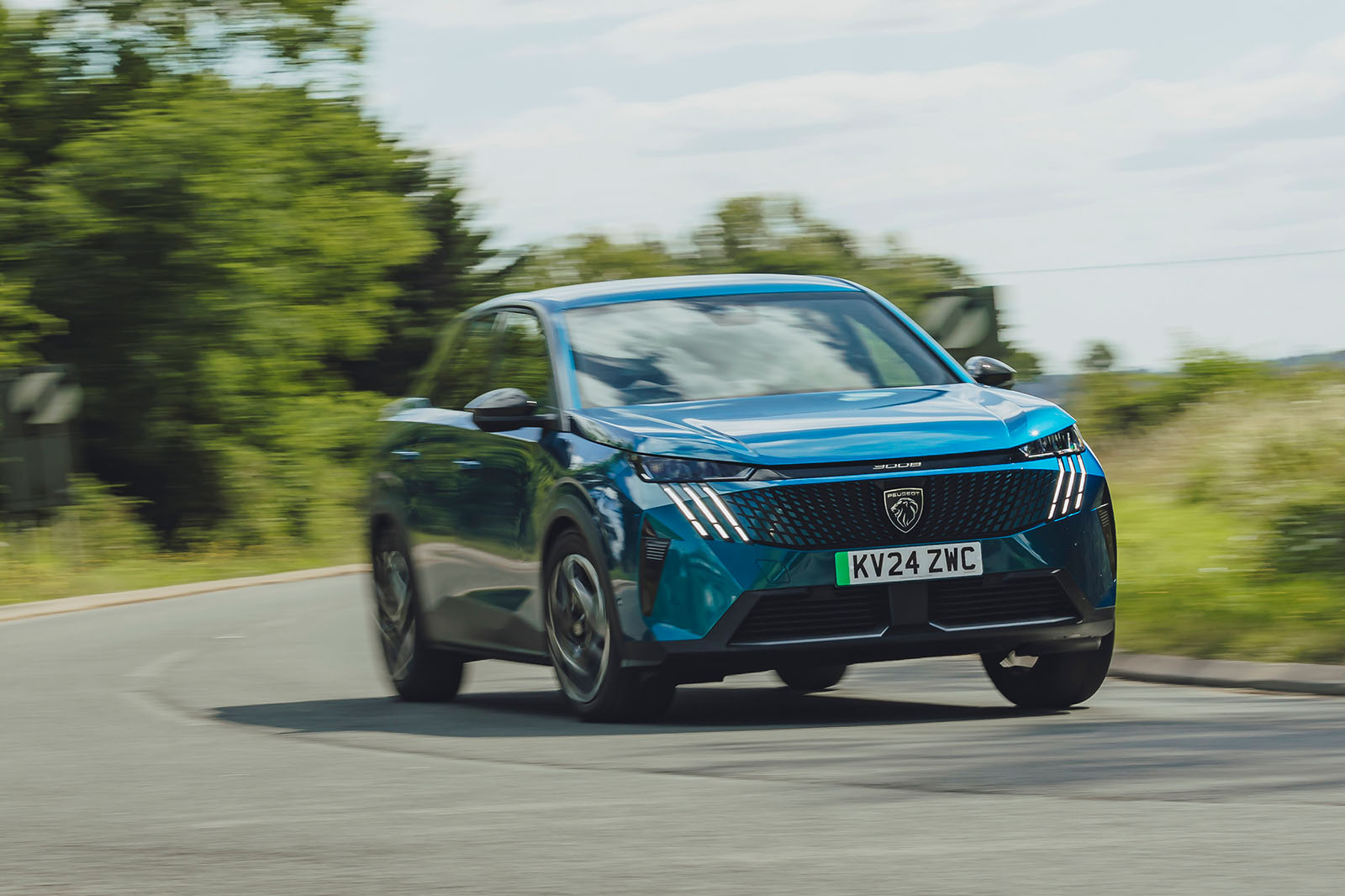The e-3008’s new platform and a motor toting just over 200bhp lead you to expect a more assertive showing from it here than other Stellantis EVs have demonstrated.
In reality, though, if you compare this car with the Fiat 600e or Jeep Avenger Electric, you will find that – in smaller-batteried, lower-powered form, at least – the e-3008 has no particular advantage on power-to-weight ratio over its smaller, e-CMP-based relations. Its 100bhp per tonne leaves it about 20% behind some class rivals and further still behind others even in single-motor form.
But perhaps that’s acceptable, provided the car’s positioning isn’t courting drivers of sportier tastes – and, by and large, it’s clear that the e-3008 doesn’t. In dry conditions, it needed 8.5sec to hit 60mph from rest, according to our timing gear, and 8.9sec to hit 62mph, so it proved almost exactly as adequately fast and only distantly interested in gathering momentum as Peugeot claims that it is.
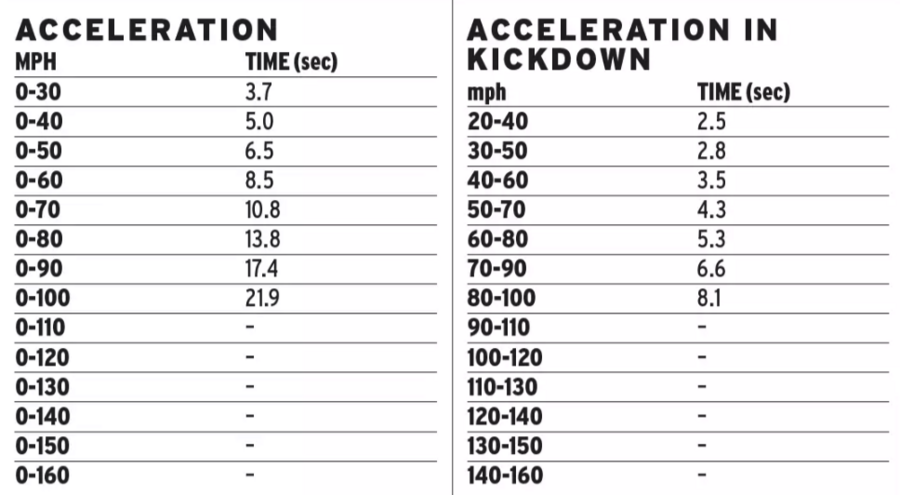
The dual-motor, all-wheel drive e-3008 makes 321bhp and 331lb ft thanks to the addition of a 110bhp electric motor mounted to the rear axle, and cuts the 0-62mph down to a fairly impressive but by no means class leading 6.0sec.
That's some way off that of the dual-motor Tesla Model Y, which can sprint from 0-62mph in just 4.6sec, or the Skoda Enyaq VRs (5.4sec) - both of which are cheaper. Indeed, the addition of the 110bhp motor on the rear axle doesn’t seem to have dramatically increased performance; in the real world it doesn't feel rapid, but the extra performance is appreciated when pulling out of junctions.
In Normal mode the twin-motor e-3008 is pleasant to punt around in, but jump on the throttle and there’s a brief delay before the power kicks in. Switching to Sport mode (which splits the power 60:40 front to rear and ups torque to 375lb ft) enlivens things somewhat, and while it's brisk for a car with a 2.2 tonne kerb weight, there’s little character or excitement from the drivetrain. Leave it in sport mode, and the throttle pedal becomes over-responsive when maneuvering at low speed.
Peugeot has also added a 4WD mode, which splits power 50:50 between the front and rear axle for improved traction. It’s fairly sprightly, but there’s plenty of heave under load, and in some instances, the front wheels will scrabble for traction in a bid to find grip.
Dial things back and it’s easy to make smooth linear progress in both versions of e-3008, thanks to a progressive delivery of torque and a fairly simple operating regime.
Although Peugeot hasn’t done so with its other EVs, it has provided paddle-operated control of regenerative braking here and a ‘B’ driving mode for something close to one-pedal driving. This means you can make the car coast and conserve its kinetic energy in give-and-take driving or regenerate quite strongly on a trailing throttle, according to your own preference on reproducing running efficiency.
Our single-motor test car had Peugeot’s optional Advanced Grip Control system fitted, which brings with it Michelin CrossClimate all-season tyres as standard in substitution of the car’s otherwise default Michelin e-Primacy rubber.
On dry asphalt, they exhibited no problems with traction during straight-line acceleration tests, however, and only the occasional snatch of wheelspin when exiting corners during limit handling testing. They also granted very respectable dry-weather stopping distances.
The brakes have little feel and don't inspire confidence, while also making coming to a stop smoothly difficult. Our test car had a shudder between 5 and 2mph when braking too.




